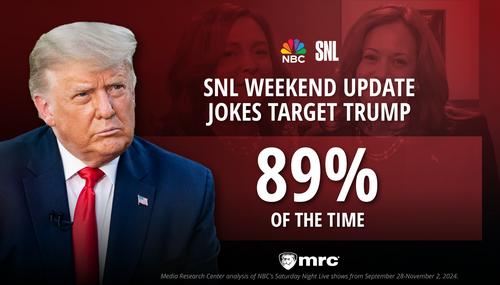Wondering if she's peering into the "Heart of Darkness," Newsweek's Dahlia Lithwick takes a look at the new Supreme Court term opening in October and laments how the general public generally approves of the Court's job.
Don't be fooled, average Joe American, Lithwick pleads in her October 5 printe edition column (published on the Web site on September 24), for the Roberts court is a right-wing ally of big business and enemy of the Earth (emphasis mine):
This fall, 50 percent of Americans believe the court is not too liberal or too conservative; that's up from 43 percent last year. The number of Americans who believe the court is too conservative has dropped from 30 to 19 percent.
[...]
In last term's cases on voting rights, reverse discrimination, and a school strip search, the court opted for narrow, case-specific rulings rather than the sweeping ones foreshadowed by dramatic oral arguments. All this hardly means the 2008 term was a triumph for liberals at the high court. On balance, the term continued a clear trend in which big business always prevails, environmentalists are always buried, female and elderly workers go unprotected, death-row inmates get the needle, and criminal defendants are shown the door. So how to explain these new poll numbers showing that 49 percent of Republicans believe the Roberts Court is too liberal and 59 percent of Democrats believe the court is "about right"?
Lithwick then answered her own question by suggesting average Americans get their impressions from what they see on TV, including the Sotomayor hearings. Thankfully for her Newsweek readers, they have her to see the real insidious danger of the conservative majority in the Roberts Court for them (emphasis mine):
In part, the numbers reflect a focus on the wrong data; we continue to believe in the court we see on TV. Thus, the highly charged confirmation hearings of Justice Sonia Sotomayor this summer contributed to the idea that the court was swinging leftward, even though it's clear that her substitution for Justice David Souter will do nothing to alter the balance of the court (indeed, she is generally expected to move the court to the right in some areas of criminal law). Similarly, the refusal of the court to go all the way in the big-banner civil-rights cases last year leads to the broad perception that the court is quite liberal.
To be sure, progressives who claim that the court's eventual ruling in September's campaign-finance fracas will conclusively reveal the heart of darkness that lurks inside the Roberts Court are also overstating their case. It's true that the Roberts Court is a fundamentally conservative creature and will remain that way for the foreseeable future. But as we learned yet again last term, it's also a court that is deeply aware of, even responsive to, public opinion. This is a court willing to reverse the Warren revolution with a tablespoon instead of a wrecking ball, and that may be too nuanced an approach to be captured in public-opinion polls.
[...]
As a generation raised on a constant diet of reality television and the inevitable "big reveal," we will continue to look to the high drama of oral argument and the staged fireworks of judicial-confirmation hearings for our views about the Supreme Court. What really happens at the high court in the coming years will continue to occur by the tablespoon—even if we are too busy with imagined wrecking balls to see it.




